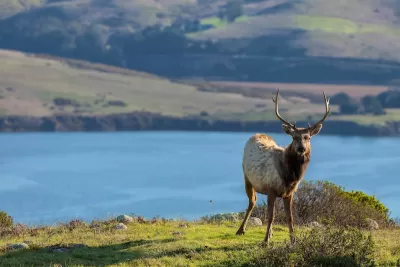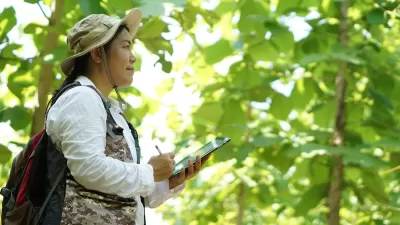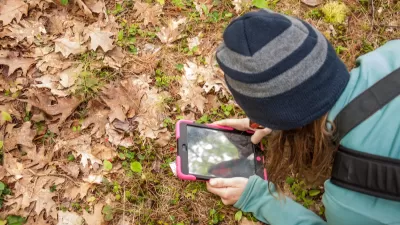This year marks the fifth annual California Biodiversity Day, established in 2018 to celebrate and encourage actions to protect the state’s exceptional biodiversity.

California is one of the most biodiverse regions in the world and is designated as a biodiversity hotspot—an area that contains exceptional concentrations of endemic plant and animal species (i.e., those that occur nowhere else)—but also experiences high rates of habitat loss. For example, California has over 6,500 types of native plants, of which over one-third are endemic. In 2018, Governor Brown established California Biodiversity Day, along with the Biodiversity Initiative. Since then, several Executive Orders and other actions by the Newsom administration, including the 30x30 Conservation Strategy, have built on this foundation to understand and protect California’s unique and precious natural resources.
In 2023, more than 20 state parks will be hosting Biodiversity Day events all over the state: from Bidwell-Sacramento River State Park in the north to Torrey Pines State Natural Reserve and Salton Sea State Recreation Area in the south. State Parks encourages the public to join an event or go out on their own to explore and appreciate California’s biodiversity and record species they observe with the iNaturalist app. This is the same app used for the City Nature Challenge which is an international effort for people to find and document plants and wildlife in cities across the globe (see this post).
To learn more about various activities taking place to celebrate this year's California Biodiversity Day, please read the source article.
FULL STORY: Celebrate California Biodiversity Day with More Than 60 Events at More Than 40 California State Parks

Study: Maui’s Plan to Convert Vacation Rentals to Long-Term Housing Could Cause Nearly $1 Billion Economic Loss
The plan would reduce visitor accommodation by 25,% resulting in 1,900 jobs lost.

North Texas Transit Leaders Tout Benefits of TOD for Growing Region
At a summit focused on transit-oriented development, policymakers discussed how North Texas’ expanded light rail system can serve as a tool for economic growth.

Why Should We Subsidize Public Transportation?
Many public transit agencies face financial stress due to rising costs, declining fare revenue, and declining subsidies. Transit advocates must provide a strong business case for increasing public transit funding.

How Community Science Connects People, Parks, and Biodiversity
Community science engages people of all backgrounds in documenting local biodiversity, strengthening connections to nature, and contributing to global efforts like the City Nature Challenge to build a more inclusive and resilient future.

Alabama: Trump Terminates Settlements for Black Communities Harmed By Raw Sewage
Trump deemed the landmark civil rights agreement “illegal DEI and environmental justice policy.”

Dear Tesla Driver: “It’s not You, It’s Him.”
Amidst a booming bumper sticker industry, one writer offers solace to those asking, “Does this car make me look fascist?”
Urban Design for Planners 1: Software Tools
This six-course series explores essential urban design concepts using open source software and equips planners with the tools they need to participate fully in the urban design process.
Planning for Universal Design
Learn the tools for implementing Universal Design in planning regulations.
City of Santa Clarita
Ascent Environmental
Institute for Housing and Urban Development Studies (IHS)
City of Grandview
Harvard GSD Executive Education
Toledo-Lucas County Plan Commissions
Salt Lake City
NYU Wagner Graduate School of Public Service





























